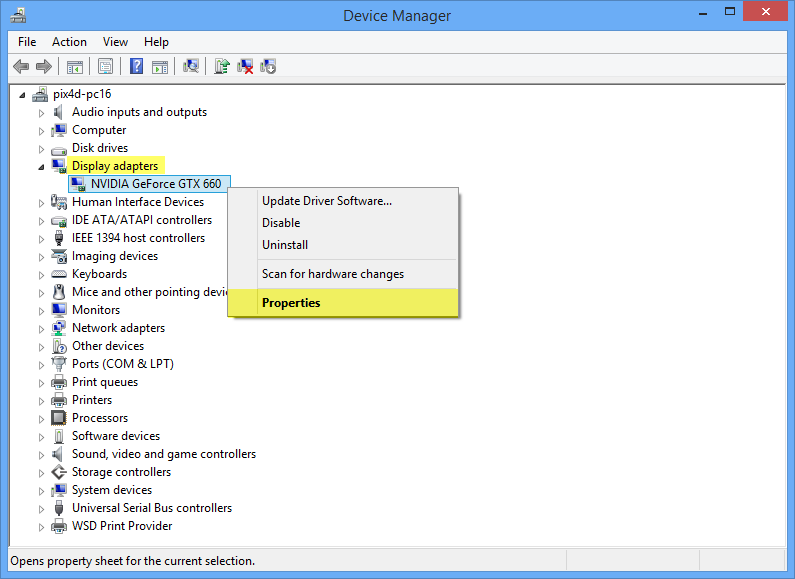Bernd Lauert
Banned
https://videocardz.com/newz/nvidia-image-scaling-goes-open-source-nis-now-available-to-all-games
The latest Game Ready Driver releasing on November 16th provides an update to our existing NVIDIA Image Scaling feature that boosts performance on ALL games and GeForce GPUs through a best-in-class spatial scaling and sharpening algorithm. NVIDIA Image Scaling is accessible both from the NVIDIA Control Panel and GeForce Experience, and includes a per-game sharpening setting tunable from NVIDIA's in-game overlay.
NVIDIA is releasing the NVIDIA Image Scaling algorithm as an open source SDK that delivers best-in-class spatial scaling and sharpening and works cross-platform on all GPUs. The SDK will be publicly available on GitHub on November 16th for all developers to integrate into their games.


